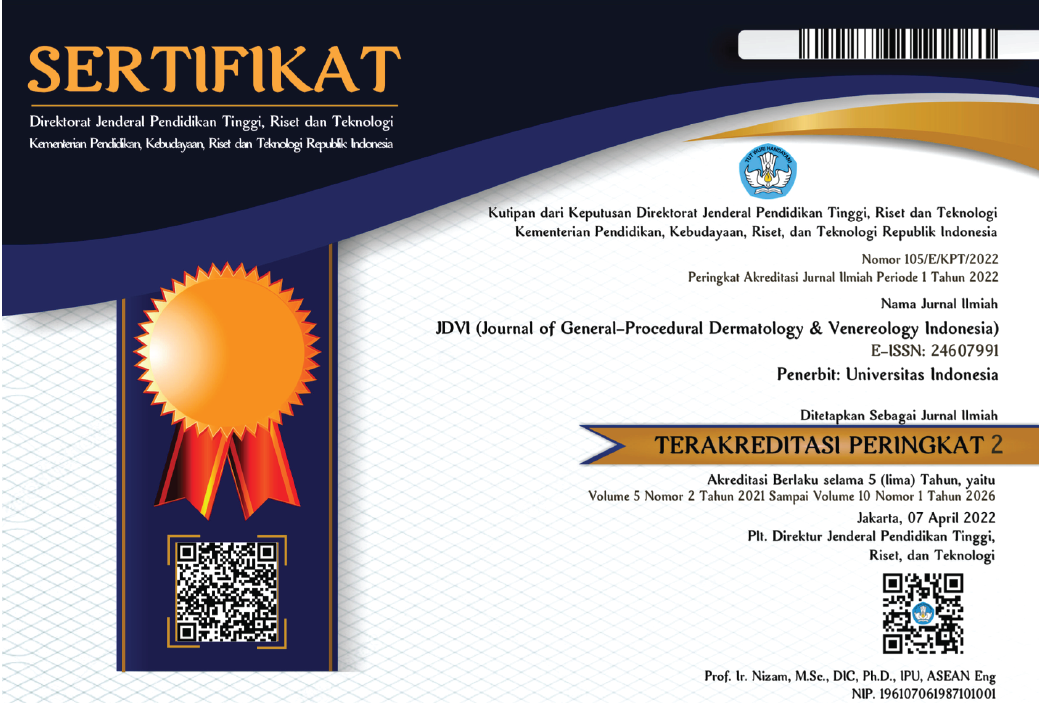Abstract
Background: Demodicosis is a disease, caused by parasitisation of the opportunistic parasites from the acariasis group – Demodex mites. This article presents a comparative study of two methods (light microscopy of skin scrapings and confocal laser scanning in vivo microscopy) for identification of Demodex mites on the facial skin in acne and rosacea patients. The use of confocal laser scanning in vivo microscopy in dermatology today is considered as one of the most promising methods.
Methods: A total of 90 subjects were included in the study, comprising 30 patients with acne and rosacea complicated by demodicosis, 30 patients with acne and rosacea not complicated by demodicosis, and 30 healthy volunteers. All patients were examined by scraping of the skin, eyebrow and/or eyelash epilation and confocal laser scanning in vivo microscopy.
Results: The specificity of light microscopy of skin scrapings was 65.5%, while the specificity of confocal laser scanning in vivo microscopy for the diagnosis of demodicosis was 68.8%.
Conclusion: The study showed advantages of confocal laser scanning in vivo microscopy compared to the traditional method of investigation.
Recommended Citation
Kravchenko, Anzhela
(2018)
"Comparative study of two diagnostic methods of demodicosis in patients with acne and rosacea,"
Journal of General - Procedural Dermatology and Venereology Indonesia: Vol. 2:
Iss.
3, Article 3.
DOI: 10.19100/jdvi.v2i3.62
Available at:
https://scholarhub.ui.ac.id/jdvi/vol2/iss3/3
Included in
Dermatology Commons, Integumentary System Commons, Skin and Connective Tissue Diseases Commons






























